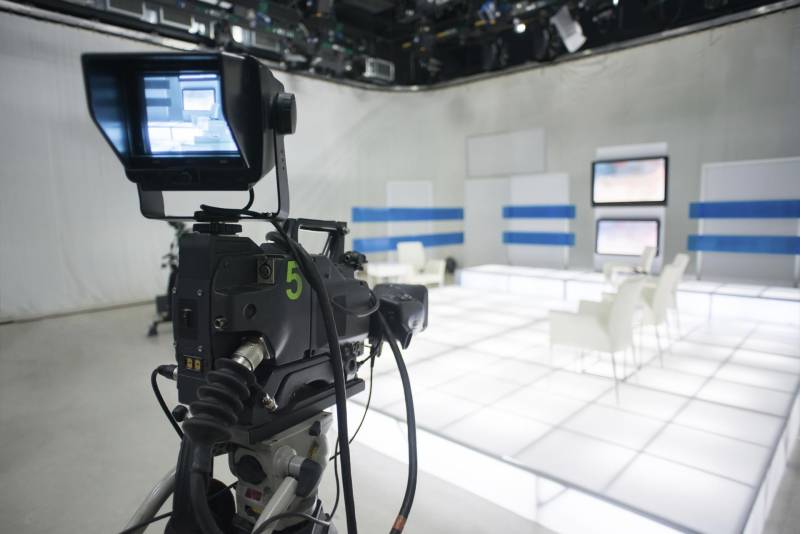
The TV scientist who mutters sadly, “The experiment is a failure; we have failed to achieve what we had hoped for,” is suffering mainly from a bad script writer. An experiment is never a failure solely because it fails to achieve predicted results. An experiment is a failure only when it also fails adequately to test the hypothesis in question, when the data it produces doesn’t prove anything one way or another.”
― Robert M. Pirsig, from “An Inquiry into Values.”
An important part of critical thinking is being able to come up with several hypotheses that will help you reach a conclusion, make a decision, or solve a problem. A hypothesis is an idea about why something happens the way that it does.
The best way to go about forming hypotheses is to think of as many ideas for why something happens as you can. You hypotheses should be based on information about the problem that you have gathered and analyzed. Once you have formed your hypotheses you will test them one by one, eliminating them as you go.

For example, if you’re filling your plate at a buffet and you pass up the salad because you don’t think it looks very good, you are forming a hypothesis and making a decision without first testing the hypothesis. If you had taken a helping of the salad and tasted it, you might have found that you liked the salad. On the other hand, you might not have liked the salad, which would have made your hypothesis true.
Forming a hypothesis is not always as simple as deciding whether or not you like a salad, but you can break down the process into a few steps to make it easier and to make sure that you come up with the best hypothesis. Here are five steps to help you form a hypothesis when thinking critically:
1. Make predictions
2. Look for relationships
3. Approve each hypothesis
4. Rank hypotheses
5. Test each hypothesis

Make predictions. A prediction is an educated guess about what you think will happen. The reason we call it an educated guess is because your guess should be based on some knowledge or information you already have.
For example, you might make an educated guess that it’s going to rain today. This guess is based on observations you make about the weather and maybe even the weatherman’s forecast for the day.
On the other hand, if you flip a coin and predict that the coin will land on heads, that is simply a guess. There is no additional information supporting your prediction because the likelihood that the coin will land on heads is the same as the likelihood that it will land on tails.
Look for relationships. Once you have made some predictions, or educated guesses, you can start to look for relationships and find the cause of these predictions. One way to help you see relationships is to re-write your predictions in the form of “If-Then” statements.
For example, the prediction that pedaling harder on your bike will help you go faster can be rewritten as, If you pedal harder on your bike, then you will go faster. Stating your predictions in this way helps you to see a relationship between how hard you pedal and the speed that you will travel.

Approve each hypothesis. When you approve each hypothesis, you’re not testing whether or not the hypothesis is correct, but rather checking to see if the information you used to form your hypothesis is true. Remember when we talked about the importance of making educated guesses, or predictions, based on information or knowledge? The information you use to make your predictions must be true and come from a trusted source. A hypothesis can be approved if the information you used to make your prediction came from a trusted source.
When approving your hypotheses, answer the following questions:
1. What is the source of your information?
2. How did the source get the information?
3. Is the source good and trustworthy?
4. Does the information seem to make sense?

Rank your hypotheses. Once you have a list of approved hypotheses, you can rank them in order of importance. List the hypotheses that you think will be true if tested first, followed by the ones that you have doubts about. Use the answers from your hypothesis approval process to help you rank the hypotheses. For example, if the information used to form the hypothesis came from a trustworthy source and seems to make sense, it should rank higher than one in which the source of information is not very trustworthy or unknown.
Test each hypothesis. Starting with the highest ranking hypothesis, test each hypothesis individually to see if your prediction was correct. It’s important to keep your opinions or expectations from getting in the way of what you see in the results. Sometimes when we think we know what will happen we see what we want to see instead of what really happens. Test each hypothesis and record the results to find out which, if any, of your hypotheses were correct.
